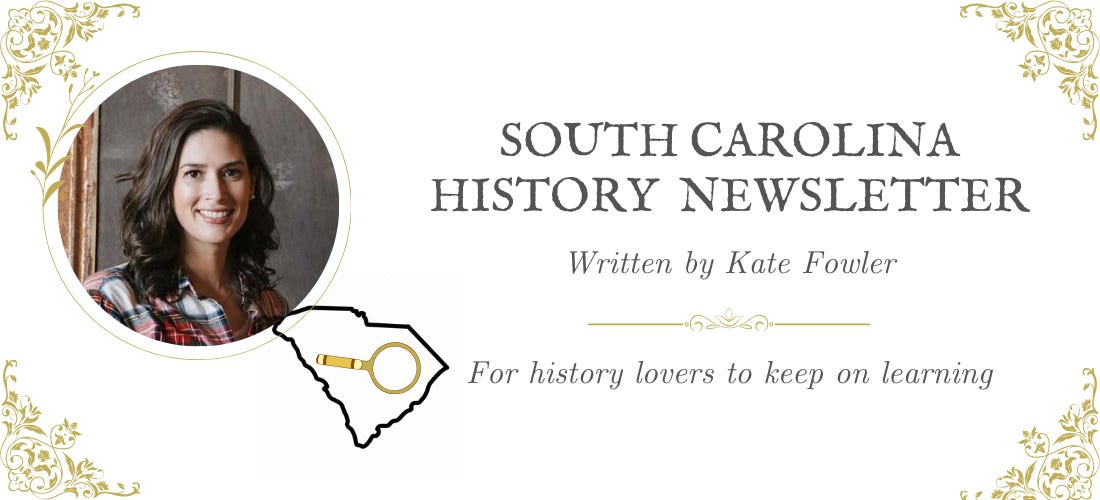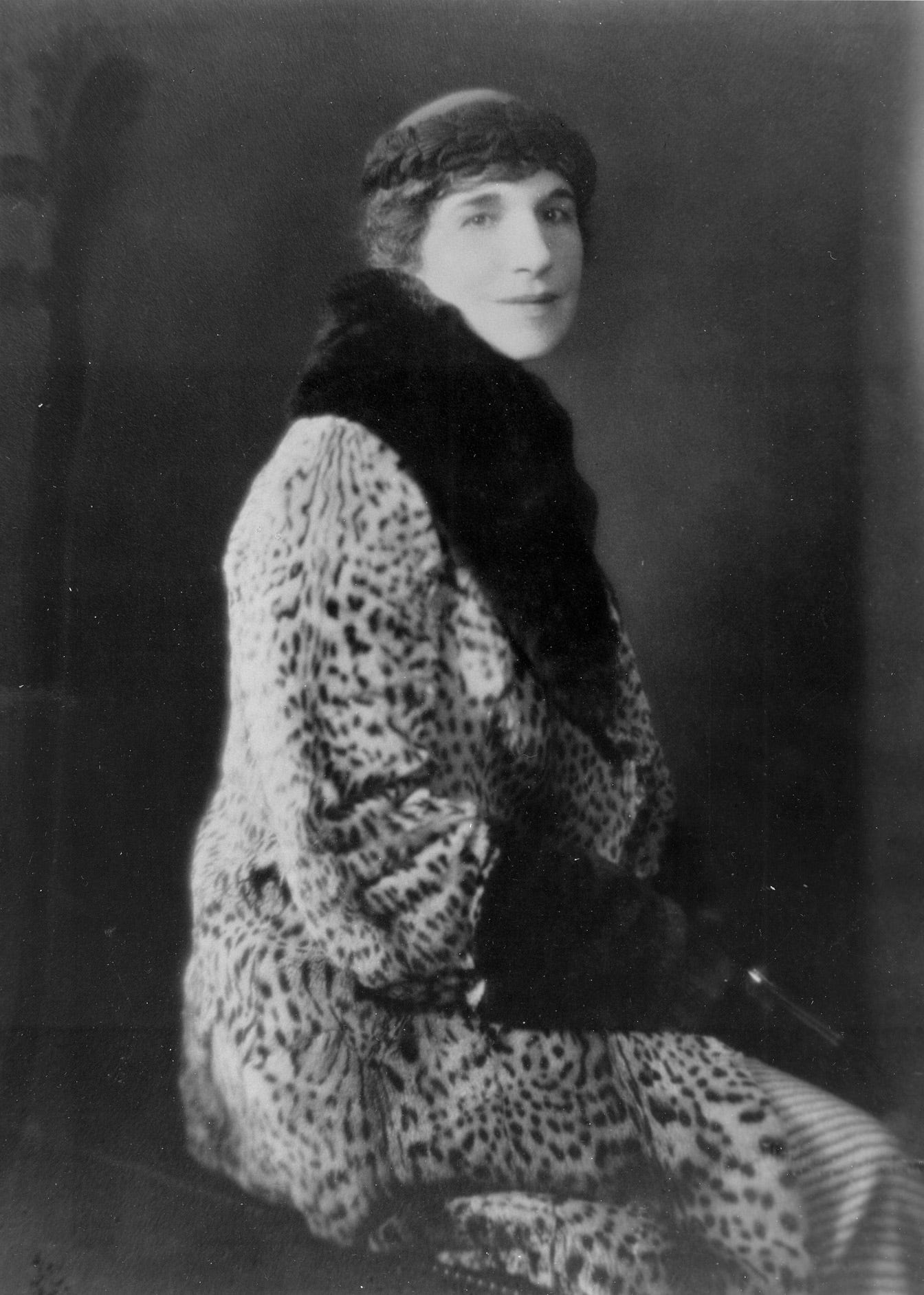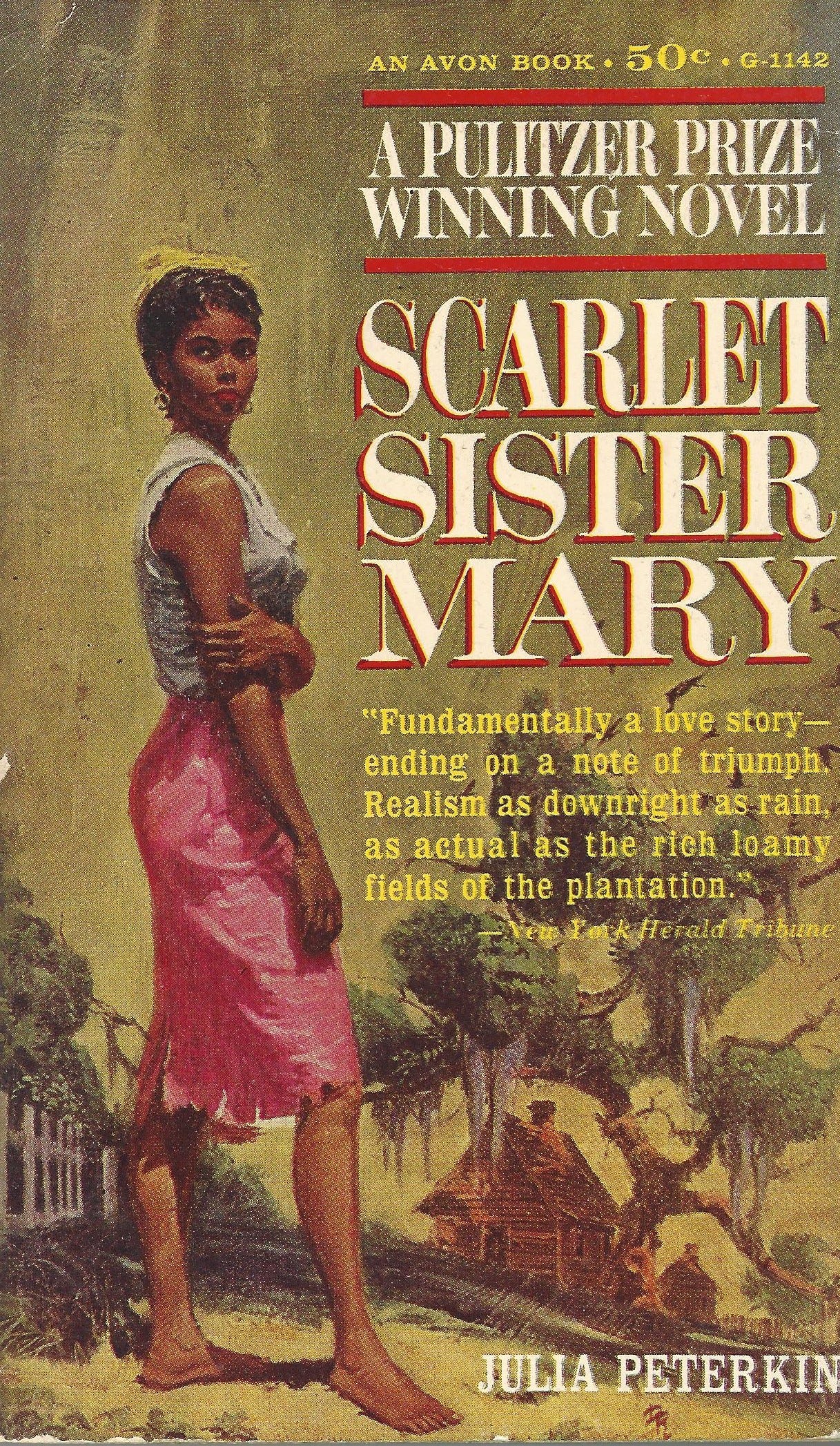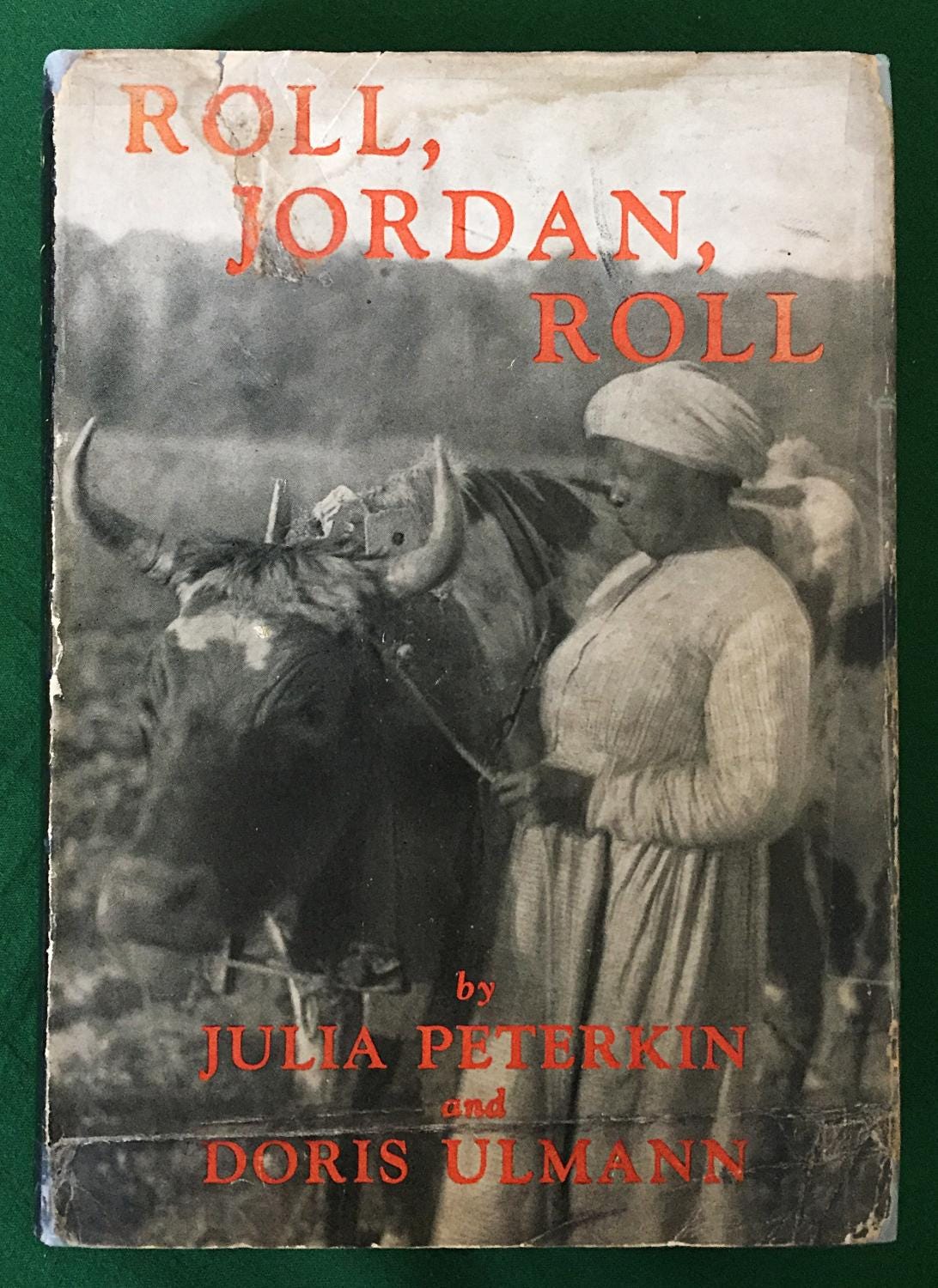#24: A controversial Pulitzer Prize, the day it rained fish in Tiller's Ferry, and a concert in the gardens
For South Carolina history lovers far and wide! Enjoy weekly SC history and upcoming SC historical events
Dear reader,
Welcome to Newsletter #24 of The South Carolina History Newsletter! I’m so happy you’re here.
Welcome “sjakell” “kelly307” “jhope71” and “mattieg.clifton” “zachsdavis” “kg4vqt” “jennandjasons” “kellyjdenton” “keoadams35” “carole.a.scoville” “carole.a.scoville” “saheagy” and “sleeplessinedisto” to our SC History Newsletter community! Woohoo!
I hope you enjoy today’s newsletter, and as always, please feel free to reply to this email with your ideas and suggestions on South Carolina history you’d like to learn more about. I’m only a click away.
Additionally, please join us & keep the conversation going by becoming a member of our SC History Newsletter Facebook Community here! I can’t wait to meet you.
And now, let’s learn some South Carolina history!
Yours truly,
Kate
(Writing from Greenville, SC)
3 ➳ Upcoming SC History Events
While I have curated the following 3 events below to feature in today’s newsletter, please click here to visit my SC History Events Calendar that organizes all the events I have featured in the newsletter to date, as well as others I have discovered. Please let me know if you’d like to add an event to the list! Reply to this email or send me a note at schistorynewsletter@gmail.com.
I.
Saturday, March 16th from at 10:00 am and 4:00 pm | “Historic Willington Day” | “Willington on the Way” | McCormick, SC | TICKETS: $20; age 18 and under free
“Historic Willington Day celebrates the rich history of Willington in McCormick County. The event will feature dioramas of local historic sites, four bookshops with 40,000 gently used books for sale, gold panning, musket firing, a steam engine, old-timey games for children, a horseshoe competition, bake sale, food and coffee trucks, and tours of historic churches, cemeteries and the Morrah-McAllister home in Mt. Carmel.”
II.
Saturday, March 23rd from 1:00 - 1:30 pm | “Stories of African and African American Women at Middleton Place in the 18th, 19th, and 20th Centuries” | Middleton Place | Charleston, SC | TICKETS: Included in General Admission (child 6-14, $10; student 14, $15; adult 14+, $28 online and $32 in person) Free for members.
“In honor of Women’s History Month, this 30-minute walking tour discusses the African and African-American women who helped build, maintain, and restore Middleton Place in the 18th, 19th & 20th centuries.”
“Middleton Place is a plantation in Dorchester County, along the banks of the Ashley River west of the Ashley and about 15 miles (24 km) northwest of downtown Charleston, in the U.S. state of South Carolina. Built in several phases during the 18th and 19th centuries, the plantation was the primary residence of several generations of the Middleton family, many of whom played prominent roles in the colonial and antebellum history of South Carolina. The plantation, now a National Historic Landmark District, is used as a museum, and is home to the oldest landscaped gardens in the United States.”
III.
Thursday, April 4th from 6:00 - 8:00 pm | “Concert In The Gardens” | Museum of the Reconstruction Era at the Woodrow Wilson Family Home | Columbia, SC | TICKETS: $20
“Performers from the South Carolina Philharmonic will join Historic Columbia to present a beautiful concert of light classics in the gardens at The Museum of the Reconstruction Era at the Woodrow Wilson Family Home.
Please plan to arrive any time after 6:00 p.m. The concert will begin at 7:00 p.m. and last an hour. Bring your own blanket or chairs, and pack a picnic if you'd like (alcohol is permitted). No food or beverage vendors will be on site.
Tickets are required and space is limited. Please note that this event is for those 21 & over. The Museum of Reconstruction Era at the Woodrow Wilson Family Home is located at 1705 Hampton Street. Please enter the venue via Henderson Street. In the event of inclement weather, this concert will be moved indoors to the Boyd Horticultural Center greenhouse on the grounds of the Hampton-Preston Mansion (1615 Blanding Street, 3 blocks away).”
2 ➳ SC History Fun Facts
I.
Did you know that South Carolina produced the first Southern winner of the Pulitzer Prize in 1929?
Julia Mood Peterkin (1880-1961) was not only the first South Carolinian, but also the first Southerner to win the Pulitzer Prize for a novel in 1929 for her book Scarlet Sister Mary. What events lead to his momentous achievement? Let’s go back in time to see…
Julia was born in Laurens County, SC. Her father was a physician and her mother unfortunately died when Julia was just a child. Thereafter, Julia was raised by a Gullah-speaking nurse (an important detail to remember as we proceed with this history).
At 16 years old, Julia graduated from Converse College in Spartanburg. She earned her master’s degree 1 year later. Soon after, Julia taught at a public school in Fort Motte, SC where she met and married William George Peterkin in 1902, at the age of 23. Peterkin was a planter who owned the Lang Syne, a 2,000 acre plantation near Fort Motte. The plantation had 500 field hands and servants, many of whom spoke Gullah, a Creole language “spoken by former slaves and other Lowcountry African Americans.”
Once Julia became mistress of the Lang Syne plantation, she became obsessed with the “everyday life and management of the plantation” as well as the Gullah culture of the workers on the estate. For 20 years, “she paid close attention to Gullah folk life, eavesdropping on stories of fights, romantic entanglements, good-luck charms, and omens.” Julia didn’t start writing about these experiences until age 40, but almost right out of the gate, she gained traction for her work. Julia’s literary works were: Green Thursday: Stories, published in 1924; Black April, 1927; Scarlet Sister Mary, 1928; Bright Skin, 1932; Roll, Jordan, Roll, 1933; and Plantation Christmas, 1934. She was “one of the first white writers to specialize in writing about the African-American experience.”
Many southerners felt Julia “betrayed her class and race” by writing these stories about African Americans, but she gained an “international following and was acclaimed for illustrating a world unknown to most whites.”
Julia’s work gained initial traction because of her persistence. She was not afraid to write to influential people she didn’t know — to ask for their help. In particular, she wrote to authors Carl Sandburg and H.L. Mencken with samples of her work on the Gullah culture of coastal South Carolina, and even invited the authors to visit her at the Lang Syne plantation. Sandburg did pay her a visit. While Mencken did not visit Julia at the plantation, he became her pseudo literary agent and shared Julia’s work with Alfred Knopf, who published her first book, Green Thursday in 1924.
Her novel Scarlet Sister Mary won the Pulitzer Prize for a novel in 1929, and went on to sell over 1 million copies in 49 editions, and was eventually turned into a Broadway show. The story centers around a “young black woman on a coastal South Carolina plantation who is abandoned by her husband and ostracized by her church for her sinful ways. Aided by a love charm she obtains from the local conjurer, Mary bears a houseful of children by different men.”
When Julia won the Pulitzer Prize and received word by letter from the Columbia University Secretary Frank D. Fackenthal, she initially didn’t believe him. Screenshot below and read their full correspondence here.
While Scarlet Sister Mary was a runaway bestseller, it was not without controversy. The public library in Gaffney, South Carolina classified the book as “obscene and banned it.” However, The Gaffney Ledger published the book in serial form.
In 1933, Julia and American photographer Dorus Ulmann published Roll, Jordan, Roll, a documentary photobook that focused on the Gullah people of the Lowcountry. The book has been praised as “one of the first art books to portray African Americans as people rather than stereotypes.”
Julia stopped writing in 1943 and died at Lang Syne plantation in 1961. In 1998, the Department of English and Creative Writing at her alma mater Converse College established The Julia Peterkin Award for poetry, open to everyone. In 1988, she was inducted into the South Carolina Academy of Authors and in 1994, into the South Carolina Hall of Fame (see video from her Hall of Fame induction below).
II.
Did you know that fish fell from the sky in Tillersville, SC in 1901?
In one of the strangest tidbits of SC history I have found to date, I couldn’t resist writing about the time it rained fish from the sky near Tiller’s Ferry in what is now Tillersville, SC. Tiller’s Ferry was named for the Tiller family, who received a land grant in Kershaw County of 100 acres in 1760. Descendant James Tiller operated a ferry across the nearby Little Lynches River and Lynches River before 1806. He also operated a “toll bridge near the ferry, on the Stagecoach or Camden Road, beginning in 1830.” In this small town, I’m sure the Tiller family did not expect a storm that would bring the strangest rain they had ever seen. See newspaper clipping below that describes in 1901:
The weather bureau here announces the receipt of a report from Mr. J. W. Gardner of Kershaw county of an unusual phenomenon that occurred near Tiller’s ferry during a heavy rain. ‘He states,’ says the bureau official, ‘that hundreds of little fishes were found swimming between the rows of a cotton field, and that among them were cat fish, perch, and a few that looked like trout. There is no creek or pond near the field whence they might have come.’ And he asks where did they come from.”
The current scientific (unproven) hypothesis is that instances like these “can be caused by “strong updrafts, such as tornadoes [or waterspouts], which suck water and fish from rivers [or larger bodies of water]. During a storm, they are carried for many kilometres before they rain from the sky.” The phenomenon of fish or other aquatic creatures falling from the sky has happened many times throughout history, going back to Pliny The Elder in the Roman era who documented “storms of frogs and fish.” Another theory is that the fish can sometimes fall from the sky when regurgitated from the mouths of passing birds — ick! Either way, let’s hope it doesn’t rain fish again in South Carolina anytime soon!
1 ➳ Quote from an SC historical figure
I.
“She had the eye and the ear to see beauty and know truth.”
—W.E.B. DuBois, remarking on Julia Mood Peterkin’s work as an author writing on the experience of African Americans in the Lowcountry
Sources used in today’s newsletter:
Remembering Julia Peterkin, who brought Gullah to the masses
May, 1929: Pulitzer Prize Awarded for the First Time to a South Carolinian
This Is The Single Craziest Thing You Never Knew Happened In South Carolina
Rains of Fishes: A compilation of the evidence that fishes occasionally fall from the sky
Australian Town Witnesses 'Fish Raining From Sky' In Bizarre Weather Event
I always want to improve my work. Answer the poll below to give me your review of today’s newsletter. I also welcome your suggestions for new content! Simply reply to this email with your ideas. Thank you!















